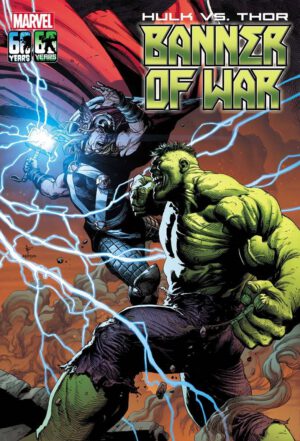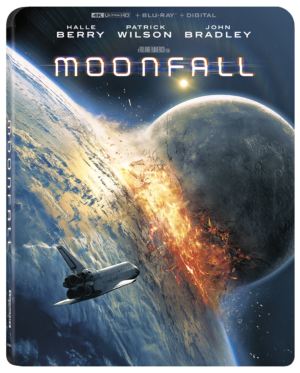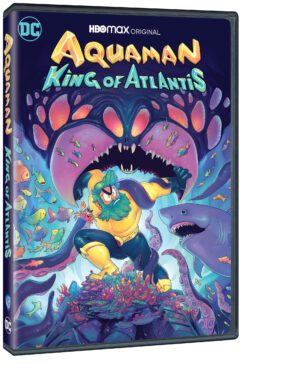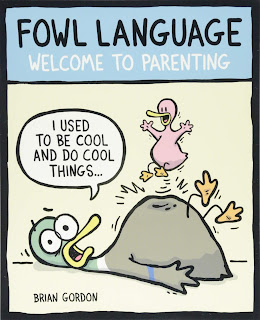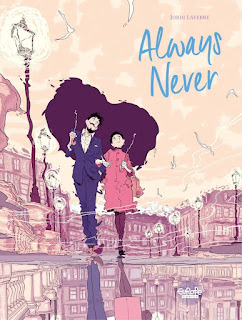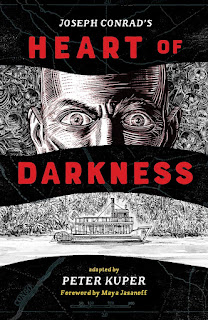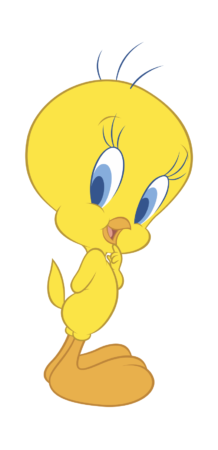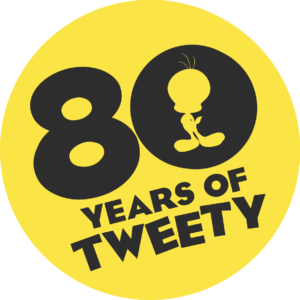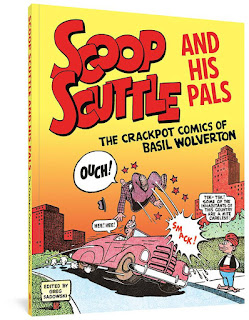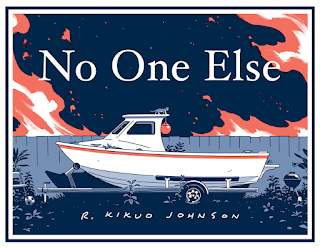Naturalism is not a single thing: every art form has a different kind of naturalism. So if I say that R. Kikuo Johnson’s graphic novel
leans towards a prose fiction kind of naturalism, I don’t mean just that it aims to tell a story about real people in a real world.
Comics naturalism is close to film naturalism: use the panel like a camera eye, honestly, depicting what a person would see in that position and following sequences of events as they happen. Everything may not be clear at any moment, but the information to understand the story is all there, on the screen or the page, for the eye to process.
Prose naturalism, though, since Raymond Carver, is about not saying things – it’s about what’s deliberately left out of the story, the things careful readers will notice and catalog. This is inherently trickier , since it presupposes an ideal reader, one who can tell what’s missing. So it’s a form that can break easily, over time or with new audiences; I’d never want to try to translate a writer like Carver.
I think Johnson is playing a Carveresque game here. I’m just not sure if I’m clearly seeing the missing pieces, or if there are aspects to life in Hawai’i, or something else, that I don’t know. The trouble with prose naturalism is exactly that: not being sure if you’re seeing the holes that are in the story on purpose, or the holes that are in your necessary experience to read the story.
No One Else is a family story, the story of three people: Charlene, her brother Robbie, her son Brandon. The back cover copy focuses on Charlene, but she’s the least knowable of the three, the most tightly sealed. She’s a nurse , both for pay and for the aged, dementia-broken father who lives with her and Brandon.
Brandon is young – late elementary-school, I think, just old enough to be left to care for himself but not all that good at it or happy with it. He loves his cat, Batman, and isn’t that thrilled with anything else.
Robbie is the prodigal; he shows up partway through the book. He’s a working musician on a low level: it looks like he tours a lot, playing small gigs, and that covers his living expenses, but he has no house or roots or anything else to tie him down.
You may guess that he and Charlene have entirely different views on life.
Among the things No One Else will not say or touch on:
- Charlene’s father’s name, or more than a hint of his history
- Anything at all about her mother, dead or estranged
- Anything at all about Brandon’s father
- Charlene and Robbie’s childhood
- The significance of the boat sitting in Charlene’s yard
- Why brush fires lurk around the edges of this story
That last is, I think, one of the important gaps: sugar-cane cultivation includes burning fields, which is controversial. (Cane growers like it; everyone else who lives anywhere near does not.) It’s also a clear visual metaphor for other elements in the story.
But are those other pieces important the same way? This is a family story; are the holes in this family significant? I’m not sure. Johnson is quiet and naturalistic, as I said – his panels and pages are naturalistic in the comics sense as well – so he shows us a lot of events and leaves it for us to understand.
There’s a major event in the first few pages, for example, that we need to understand clearly. A question of responsibility, in particular, and whether that influences behavior later in the story. I’m not going to spoil that event, but it sets up the entire book: everything else happens because of that. So I’m also not going to talk about plot at all here: the plot is that something happens, and then we see what happens afterward.
Johnson’s pages are excellent, his people real in their faces and movements and unknowable depths. No One Else has depths that I don’t think I’ve plumbed, which is impressive for a short book of half-size pages. But I do worry that I might not be able to completely understand it: that there are aspects of this book that require an ideal reader with experiences I don’t and will never have, who grew up somewhere else among other people, who knows and believes other things. I may have to chance that, and read it again.
